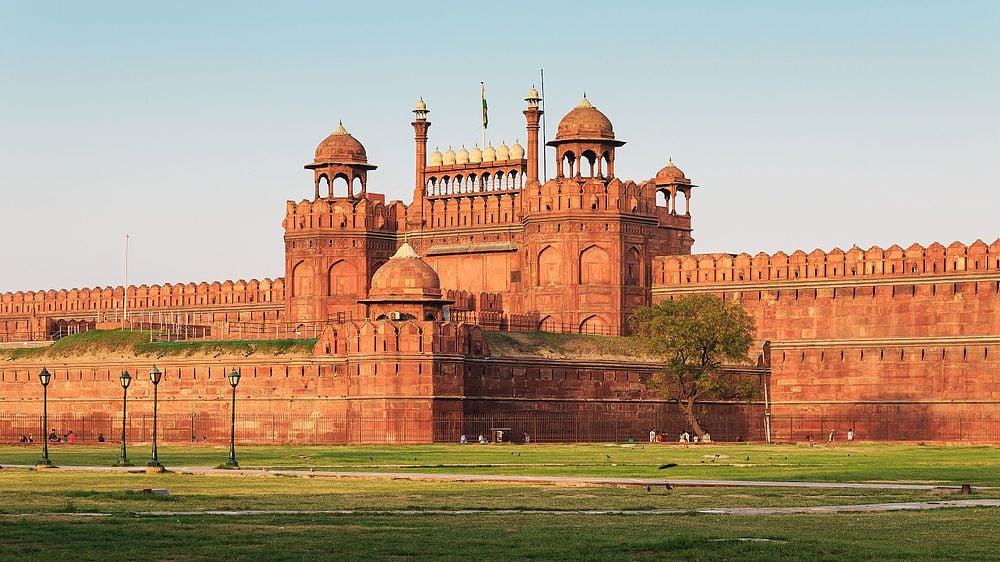
The
Red Fort is an authentic stronghold in the national capital of New Delhi.
Situated in the focal point of the city, it was the principle living
arrangement of the sovereigns of the Mughal line. It was developed by Shah
Jahan in the year 1939 because of a capital move from Agra to Delhi. This
forcing bit of design gets its name from its secure red sandstone dividers.
Notwithstanding obliging the sovereigns and their families, it was the stylized
and political focus of the Mughal state and the setting for occasions basically
affecting the district. Today, this landmark is home to various galleries that
have a variety of valuable ancient rarities in plain view. Consistently, the
Indian Prime Minister spreads out the national banner here on the Independence
Day.
The
development of Red Fort started in the sacred month of Muharram, on 13 May
1638. It took nine years to construct, and under the supervision of Shahjahan,
the Fort was finished on 6 April 1648. To contain the more established
Salimgarh Fort inside its limits, the dividers were manufactured awry, not at
all like some other Mughal structures.
It
remained the seat of Imperial Mughal Rule till 1857 when the Great Revolt
occurred. It comprises of a few different structures which were worked amid
Shah Jahan's life, and some which were included by the later rulers. His child
and successor Aurangzeb, included the Pearl Mosque or the Moti Masjid to the
fortress complex when he assumed control as the ruler after a savage War of
progression amongst him and his three siblings.
Joining
highlights of Indian, Persian and Timurid types of design, the Red Fort is
genuinely a landmark second to none. The modeler of the Red Fort was Ustad
Ahmad Lahauri, who likewise planned the Taj Mahal. It is encompassed by a 2 km
edge divider which went about as a powerful guarded measure. The structure of
the fortress is octagonal, and it has a few doors, the unmistakable ones being
Lahori, Ajmeri, Kashmiri, Mori, Turkman and Delhi entryways.
Comments
Post a Comment